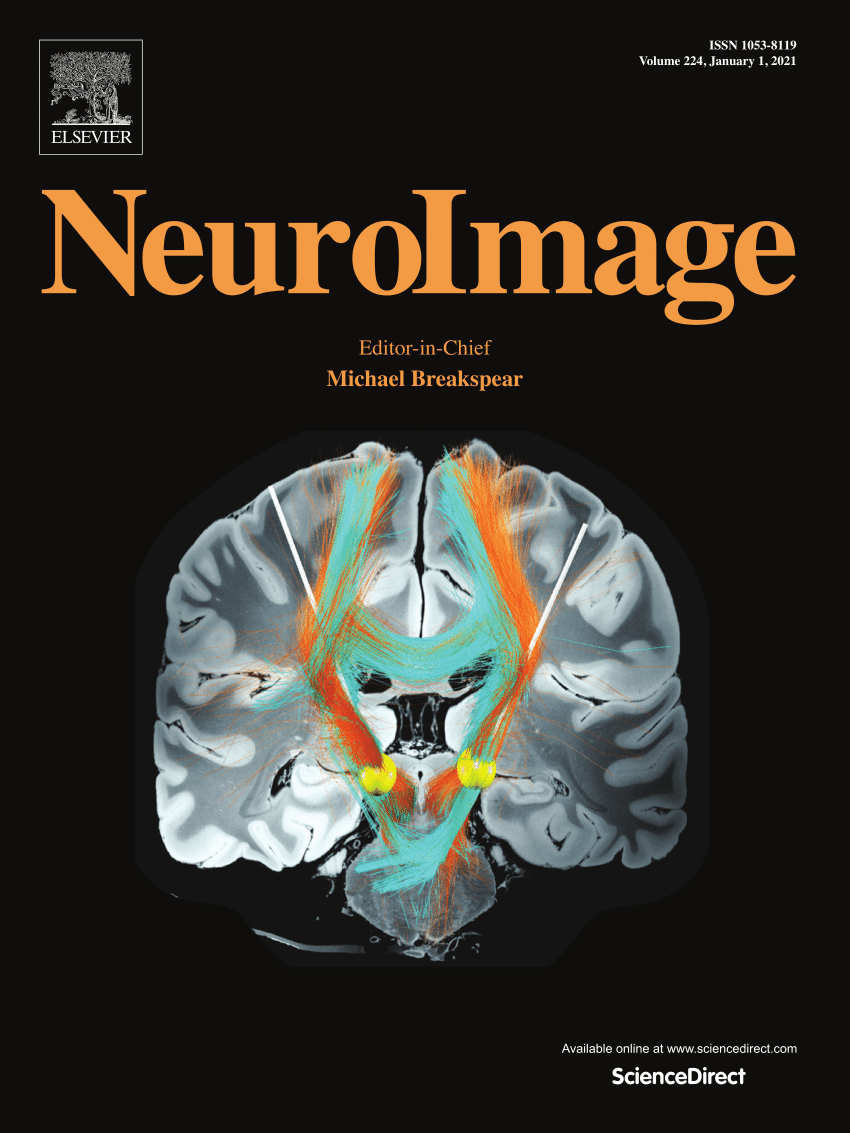Test-retest reliability of coupling between cerebrospinal fluid flow and global brain activity after normal sleep and sleep deprivation
IF 4.7
2区 医学
Q1 NEUROIMAGING
引用次数: 0
Abstract
The glymphatic system (GS) plays a key role in maintaining brain homeostasis by clearing metabolic waste during sleep, with the coupling between global blood-oxygen-level-dependent (gBOLD) and cerebrospinal fluid (CSF) signals serving as a potential marker for glymphatic clearance function. However, the test-retest reliability and spatial heterogeneity of gBOLD-CSF coupling after different sleep conditions remain unclear. In this study, we assessed the test-retest reliability of gBOLD-CSF coupling following either normal sleep or total sleep deprivation (TSD) in 64 healthy adults under controlled laboratory conditions. The reliability was high after normal sleep (ICC = 0.763) but decreased following TSD (ICC = 0.581). Moreover, spatial heterogeneity was evident in participants with normal sleep, with lower-order networks (visual, somatomotor, and attention) showing higher ICC values compared to higher-order networks (default-mode, limbic, and frontoparietal). This spatial variation was less distinct in the TSD group. These results demonstrate the robustness of the gBOLD-CSF coupling method and emphasize the significance of considering sleep history in glymphatic function research.
求助全文
约1分钟内获得全文
求助全文
来源期刊

NeuroImage
医学-核医学
CiteScore
11.30
自引率
10.50%
发文量
809
审稿时长
63 days
期刊介绍:
NeuroImage, a Journal of Brain Function provides a vehicle for communicating important advances in acquiring, analyzing, and modelling neuroimaging data and in applying these techniques to the study of structure-function and brain-behavior relationships. Though the emphasis is on the macroscopic level of human brain organization, meso-and microscopic neuroimaging across all species will be considered if informative for understanding the aforementioned relationships.
 求助内容:
求助内容: 应助结果提醒方式:
应助结果提醒方式:


